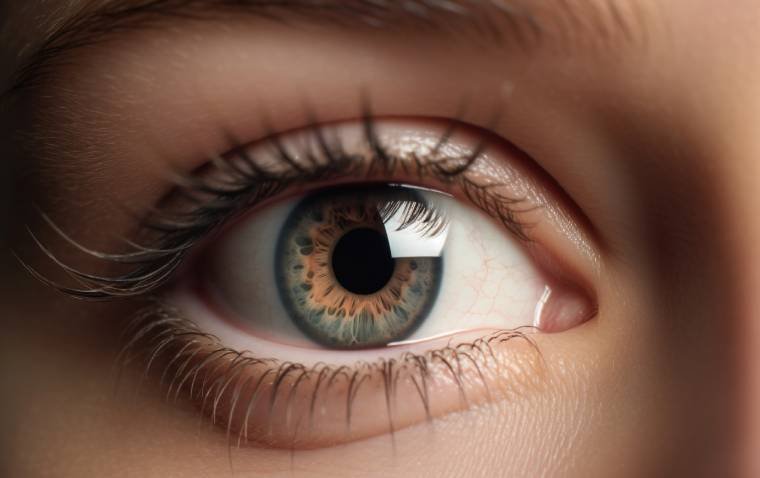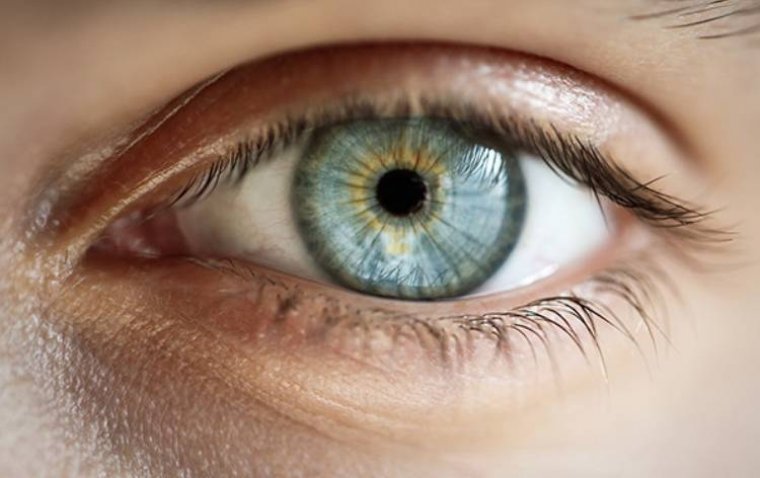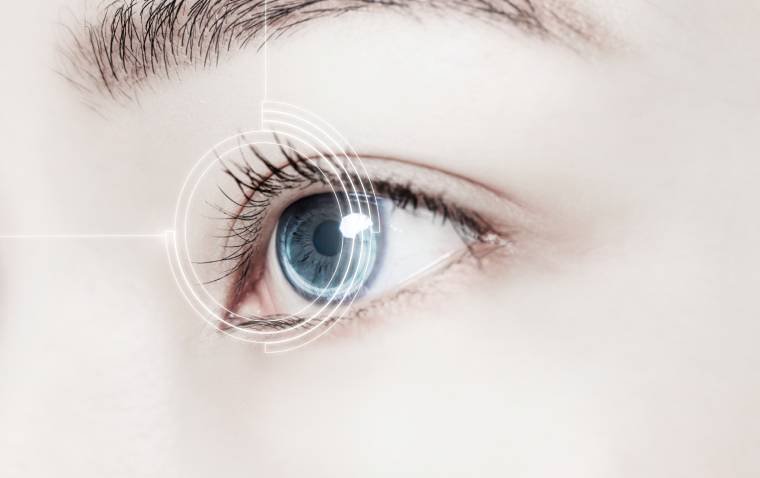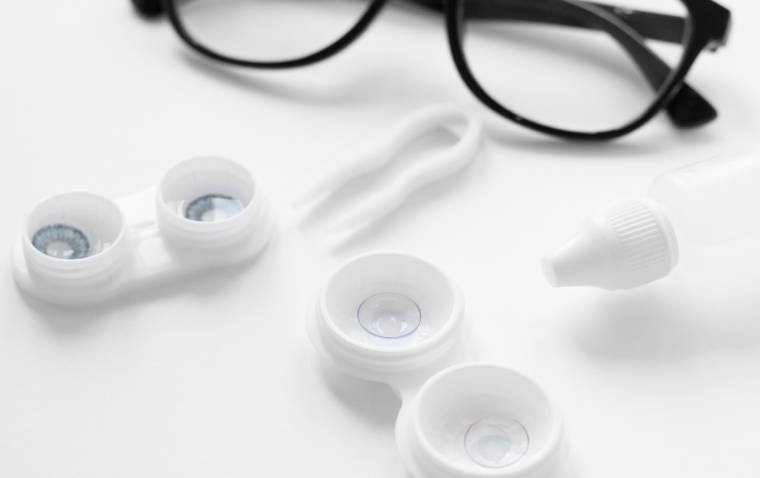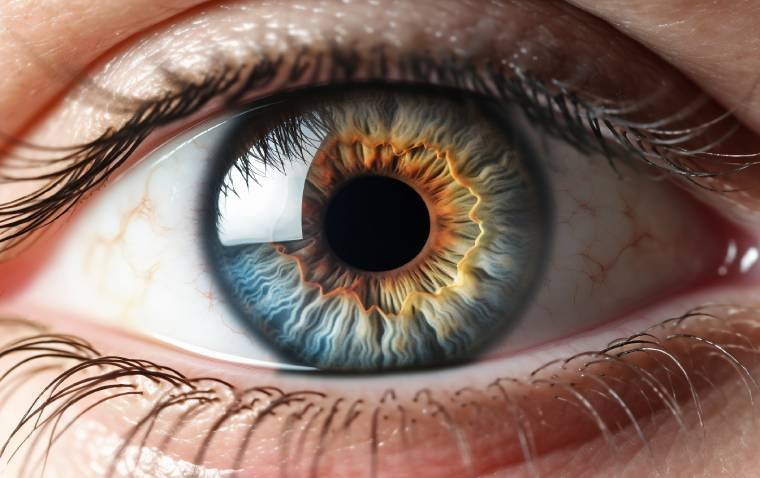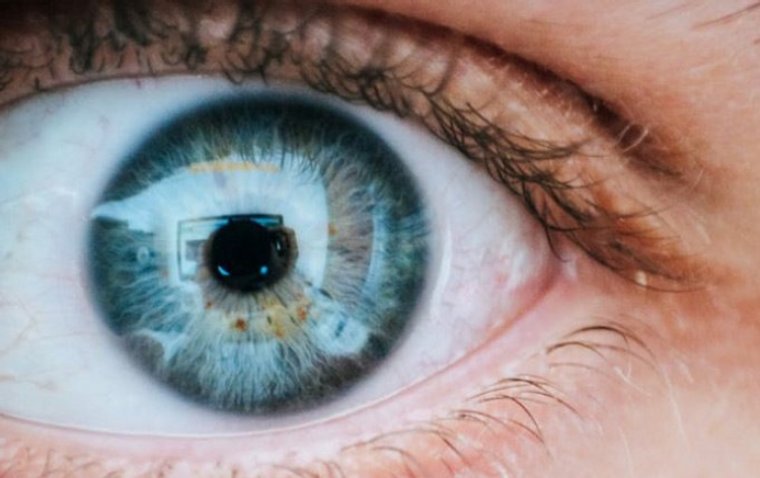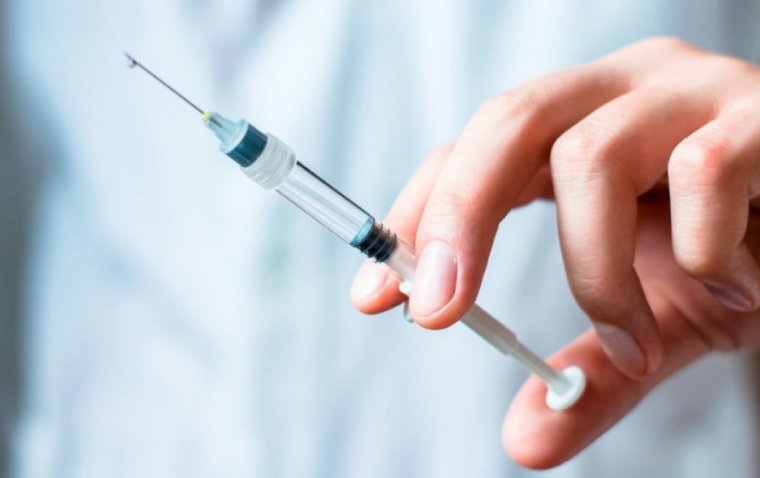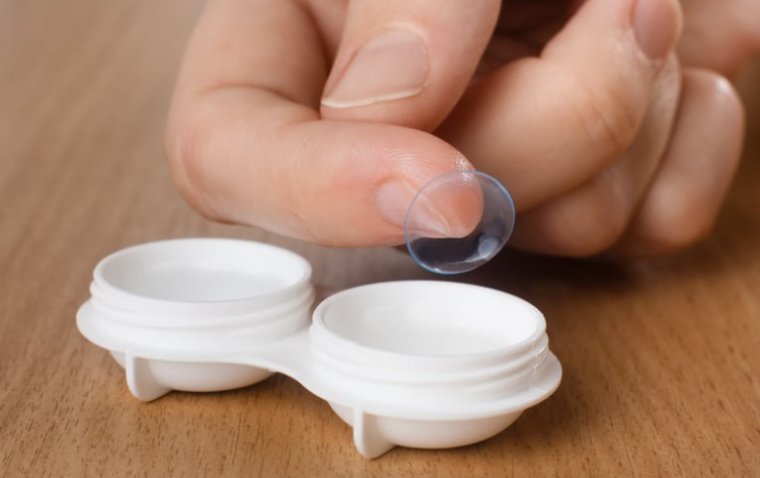
Study Reveals Contact Lenses Can Shed Microplastics, Raising Health Concerns
Contact lenses, a popular vision correction option worn by millions worldwide, have been found to shed microplastics, according to a recent pilot study published in Environmental Science & Technology.
Microplastic Shedding from Contact Lenses Under Sunlight Exposure
The researchers developed an automated method to analyze minute debris in small samples and discovered that contact lenses exposed to sunlight over time can release tiny fragments of plastic. Although the health impact remains uncertain, the study underscores the need to better understand the presence and potential impact of microplastics in various systems.
Conventionally, scientists filter large volumes of water to measure aquatic microplastic pollution, manually counting the plastic fragments under a microscope—a slow and inconsistent process. Seeking a more efficient approach, Bing Wu and colleagues aimed to develop an automated method for detecting and quantifying microplastic particles in small samples, such as contact lenses.
Study Methodology: Simulating Wear and Sunlight Exposure
To conduct the study, the researchers collected six different types of contact lenses from various brands, each with different lifespans. The lenses were subjected to simulated normal wear and care conditions, including storage in water, exposure to a lamp that replicated sunlight, and rinsing with water every 10 hours. Subsequently, the water from each lens was analyzed after being exposed to the equivalent of 30 or 90 days of sunlight.
Automated System for Microplastic Detection
Using their newly designed automated system, the researchers captured microscopic images of the samples, processed those images, and quantified any microplastics present to determine the number of particles in the small samples. The team found that the new system's analyses were not only quicker but also more accurate compared to manual analysis when standard amounts of microplastics were present.
Findings: Increased Microplastic Release Over Time
In instances where the lenses were not exposed to simulated sunlight, no microplastics were detected. However, as the contact lenses were exposed to the equivalent of 90 days of sunlight, the researchers observed a gradual increase in the amount of shed microplastics. Lenses with shorter lifespans displayed the highest levels of microplastic release after this exposure.
Based on the data obtained from this small-scale study, the researchers estimated that certain lenses could shed over 90,000 microplastic particles per year when worn for 10 hours a day. While the direct health impact of microplastic exposure to the eyes remains unknown, the researchers emphasize the urgent need for further studies in this area to comprehensively understand the potential implications.
Reference
Yuxuan Liu et al, High-Content Screening Discovers Microplastics Released by Contact Lenses under Sunlight, Environmental Science & Technology (2023). DOI: 10.1021/acs.est.3c01601
(1).jpg)
